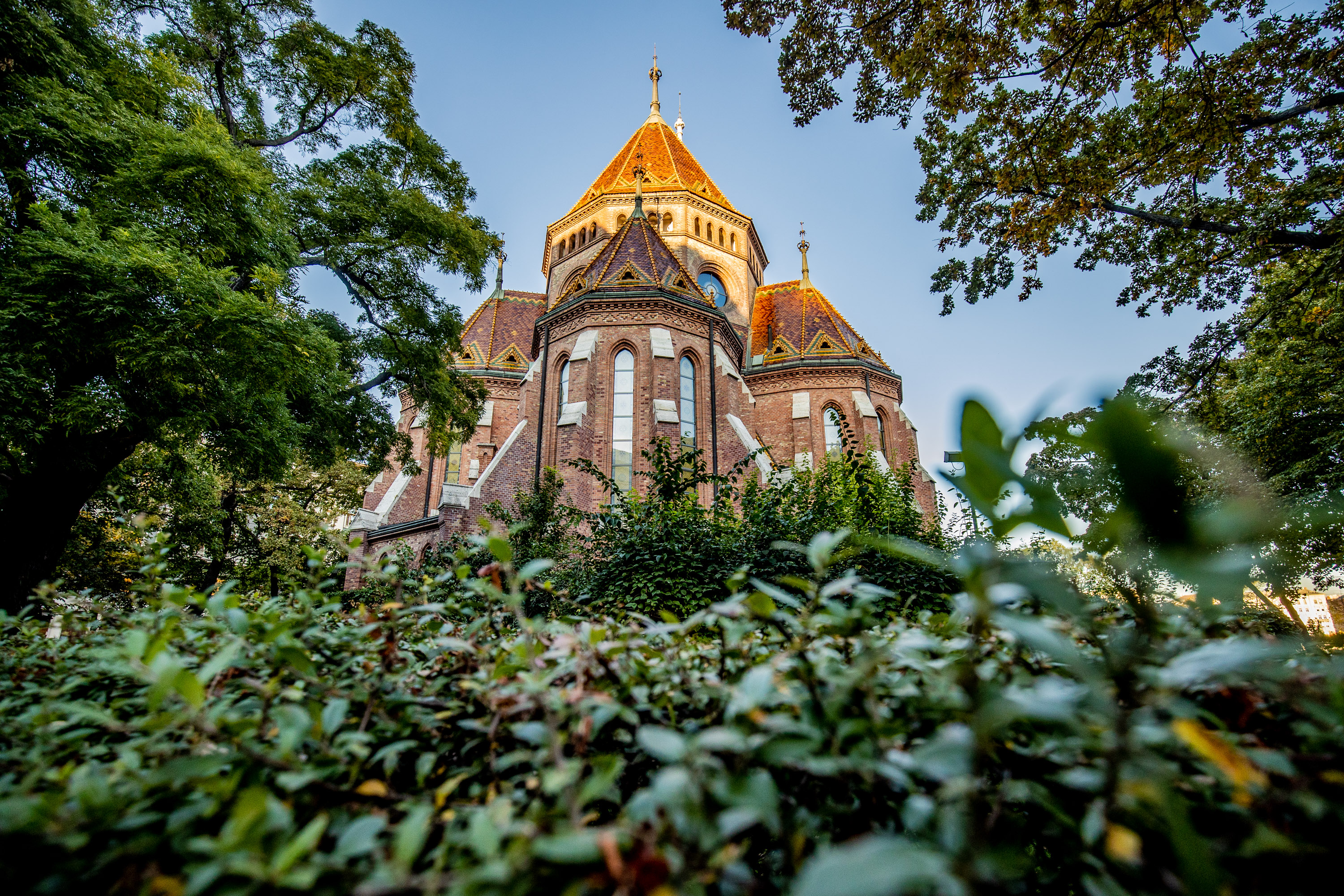When the tender for the church was announced in 1890, it not only specified that it should be built on the banks of the Danube, but also that it should be a defining, monumental element of the cityscape. This it most certainly is, but it also illustrates the simplicity and the beauty that Samu Pecz brought into the rigour of brick and Gothic.
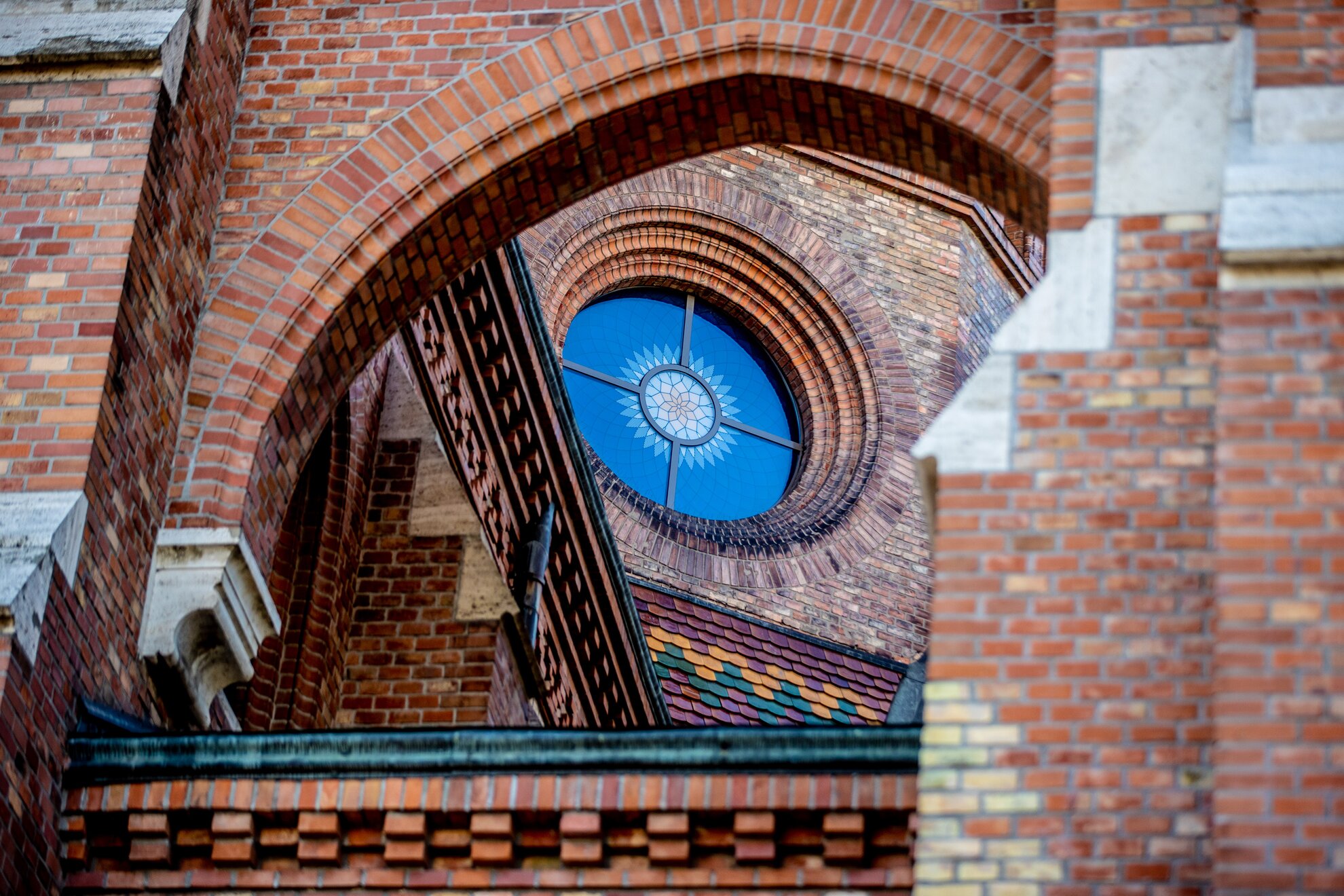
Samu Pecz was not unfamiliar with the architecture of the Middle Ages. He taught at the Technical University, and was au fait with the use of coloured Zsolnay tiles and raw red brick. When the Buda Reformed Church announced the tender, Pecz was already philosophising about the creation of an “ideal Protestant church”, which he said lay in the shape of a polygon and a central arrangement.
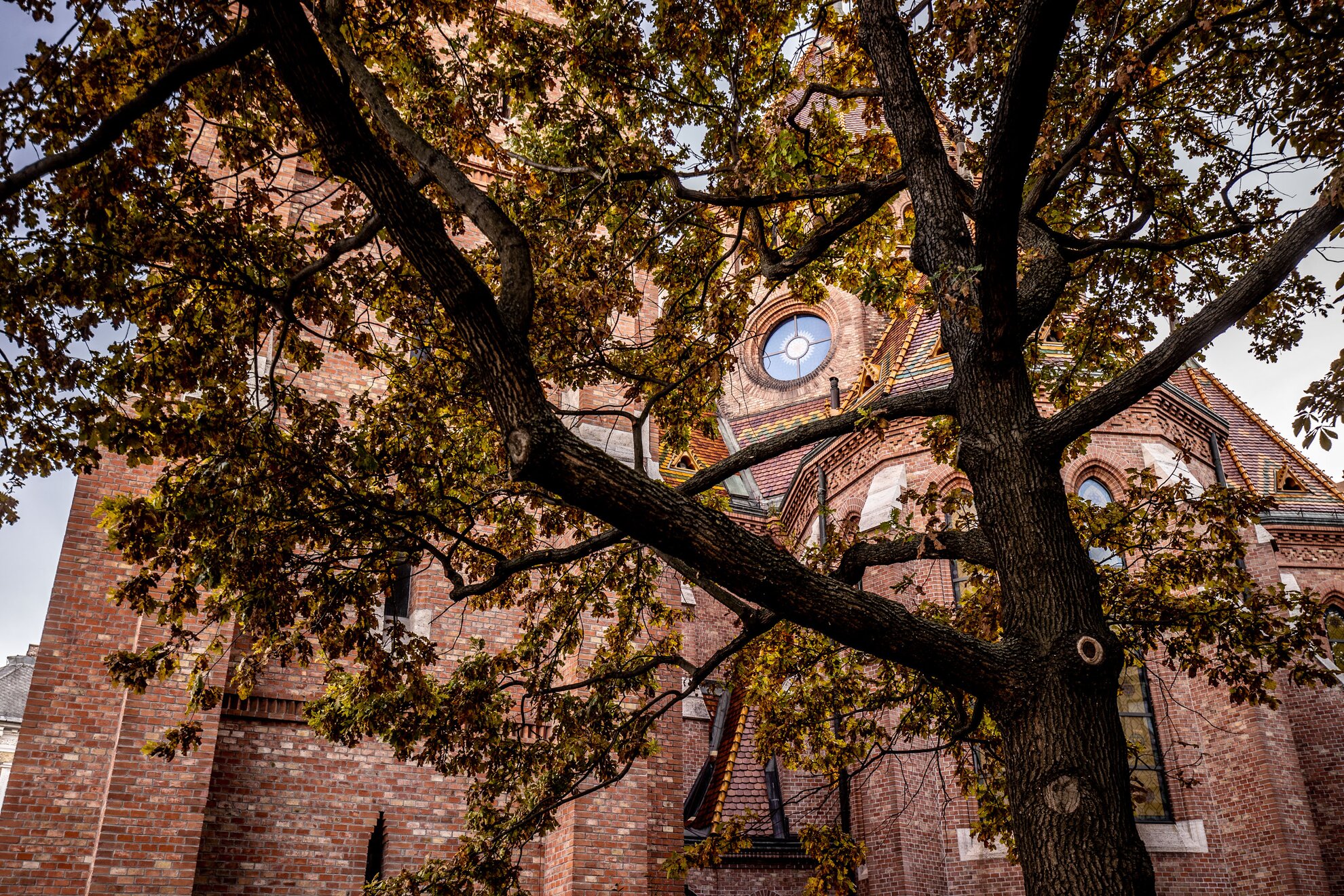
He duly submitted his plans using the sign of the pentagon. The jury was immediately impressed by its unique floor-plan arrangement, the main nave with the communion table and the surrounding chapel wreath, and the building being specifically placed on the banks of the Danube. Pecz won the design for the first Reformed church in Buda.
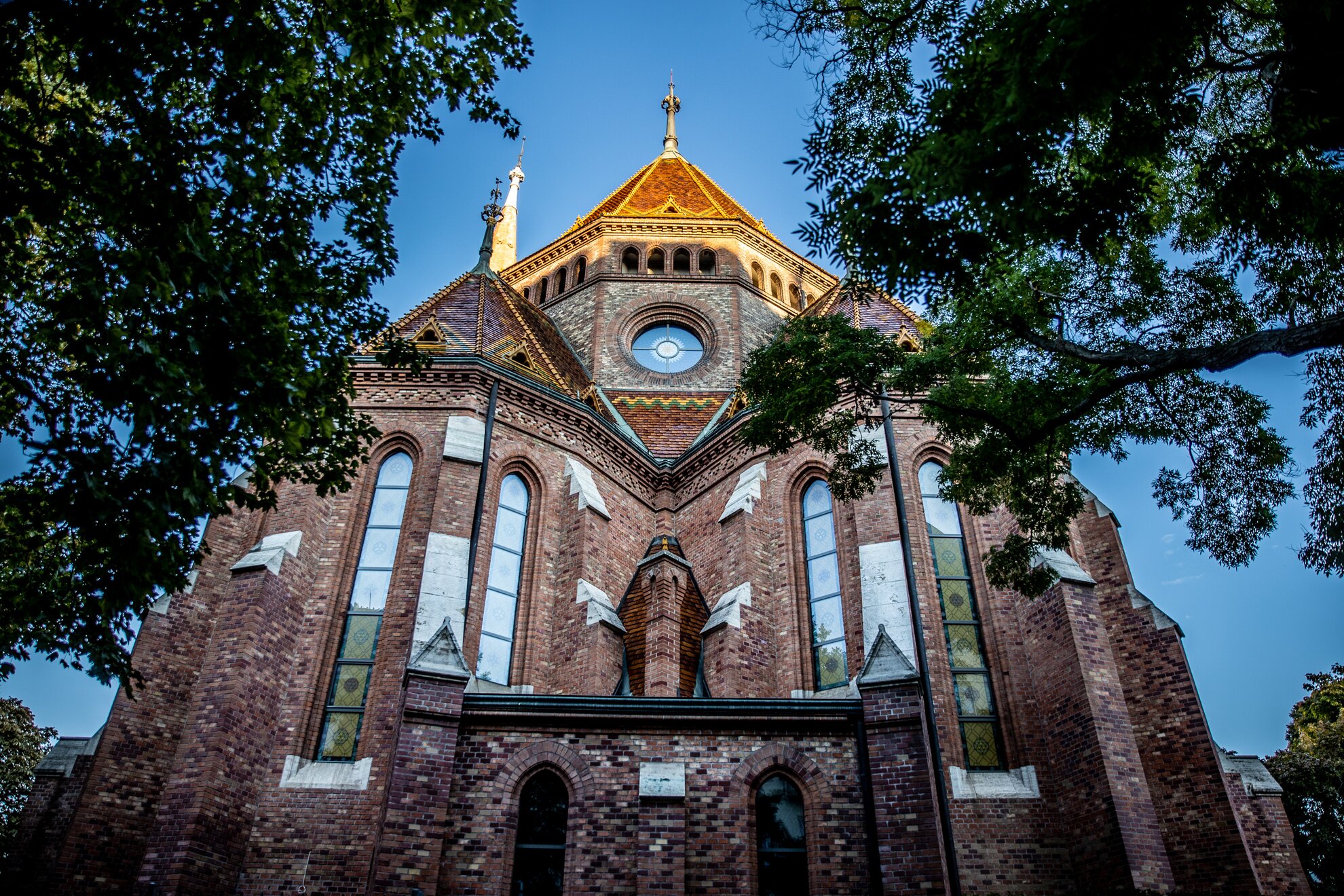
Church collection
The Reformed community had not had its own church for many decades, holding their services in the medieval church of Mary Magdalene and then in the Evangelical church at Buda Castle after the expulsion of the Turks. By the end of the 19th century, however, with its congregation growing, the construction of a Reformed church could no longer be postponed. They began a collection, with benefit concerts organised, even donations from Habsburg emperor Franz Joseph.
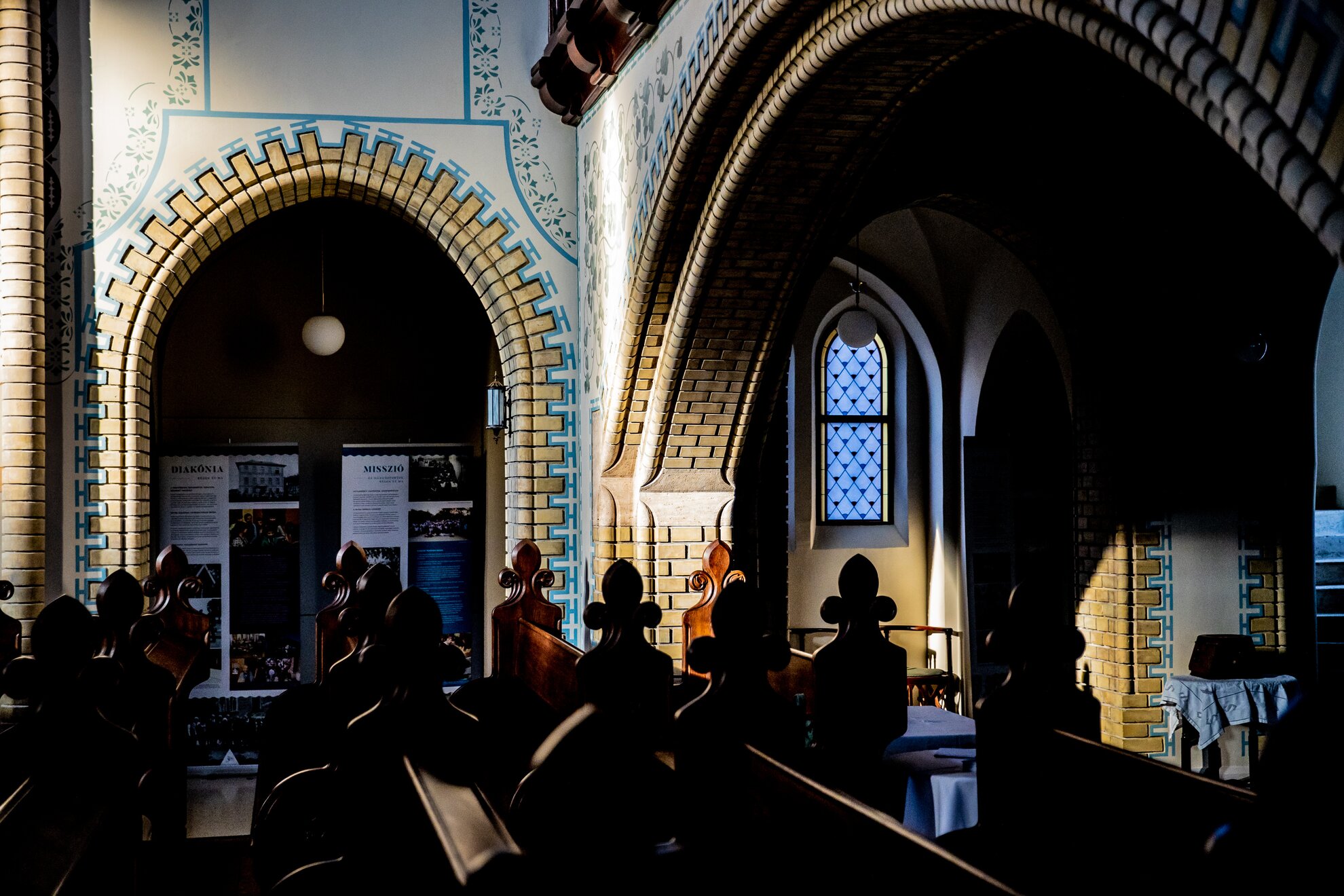
All red brick, with Zsolnay tiling of green, brown and yellow on the outside, the church is accessed via a huge wooden door, opening into an airy space full of Gothic motifs and shining with light. In the middle of the building, arranged in a regular pentagon, is the communion table that believers can sit around while the different coloured light from the stained glass plays across the walls.
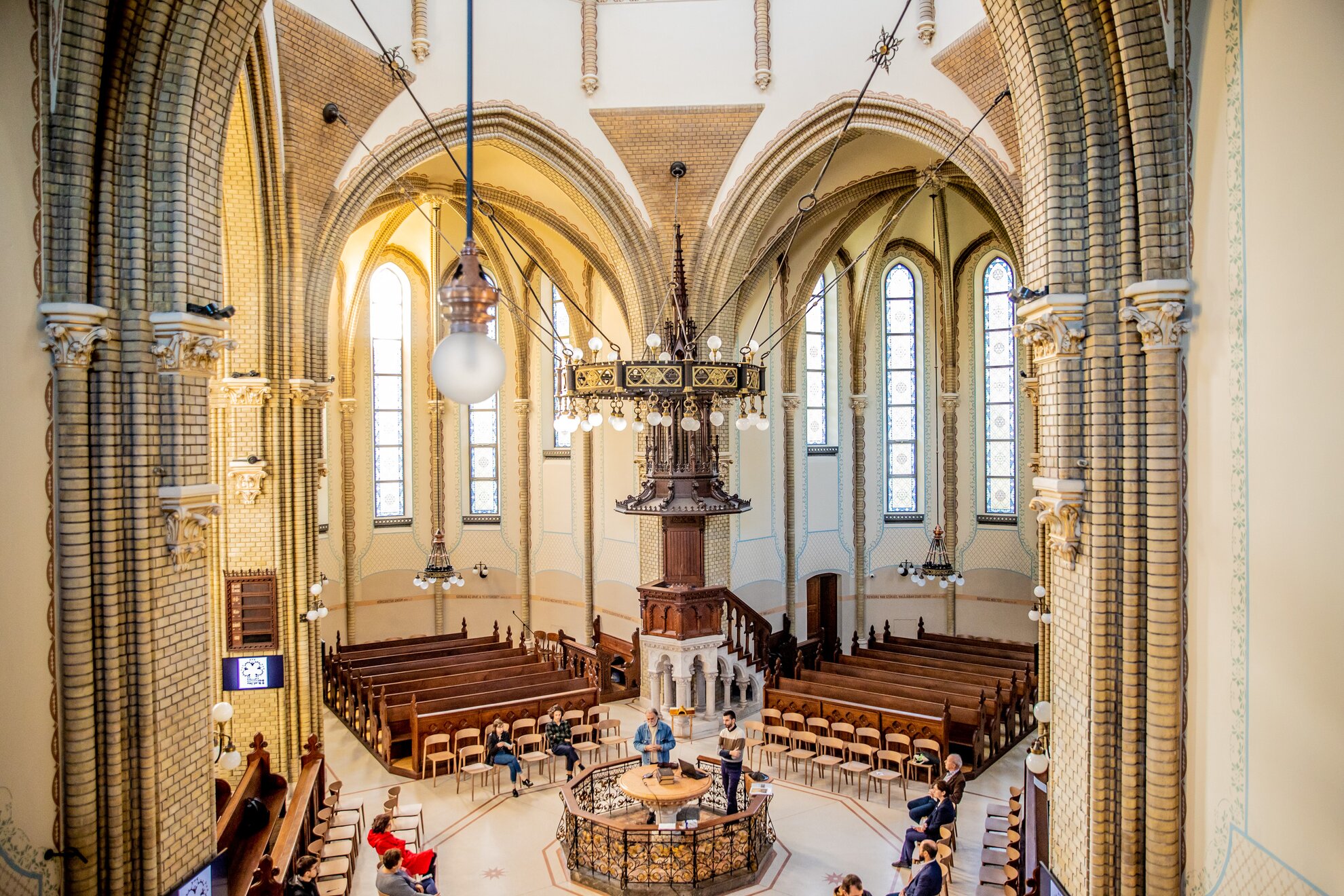
The windows are no longer original, destroyed during the Siege of World War II, but with the help of expert research and archive photos, the pattern of the windows was reconstructed, and the stained-glass effect was achieved by burning a ceramic-like paint on the windows.
The aisles surrounding the main nave are named after the four evangelists, starting clockwise, Matthew, Mark, Luke and John. The walls show quotes from the Gospels, such as “Everything is possible for one who believes” (Mark 9:23) and “Your heart will always be where your treasure is” (Luke 12:34), while the words of the First Epistle to the Corinthians decorate the entrance to the section named after Paul.
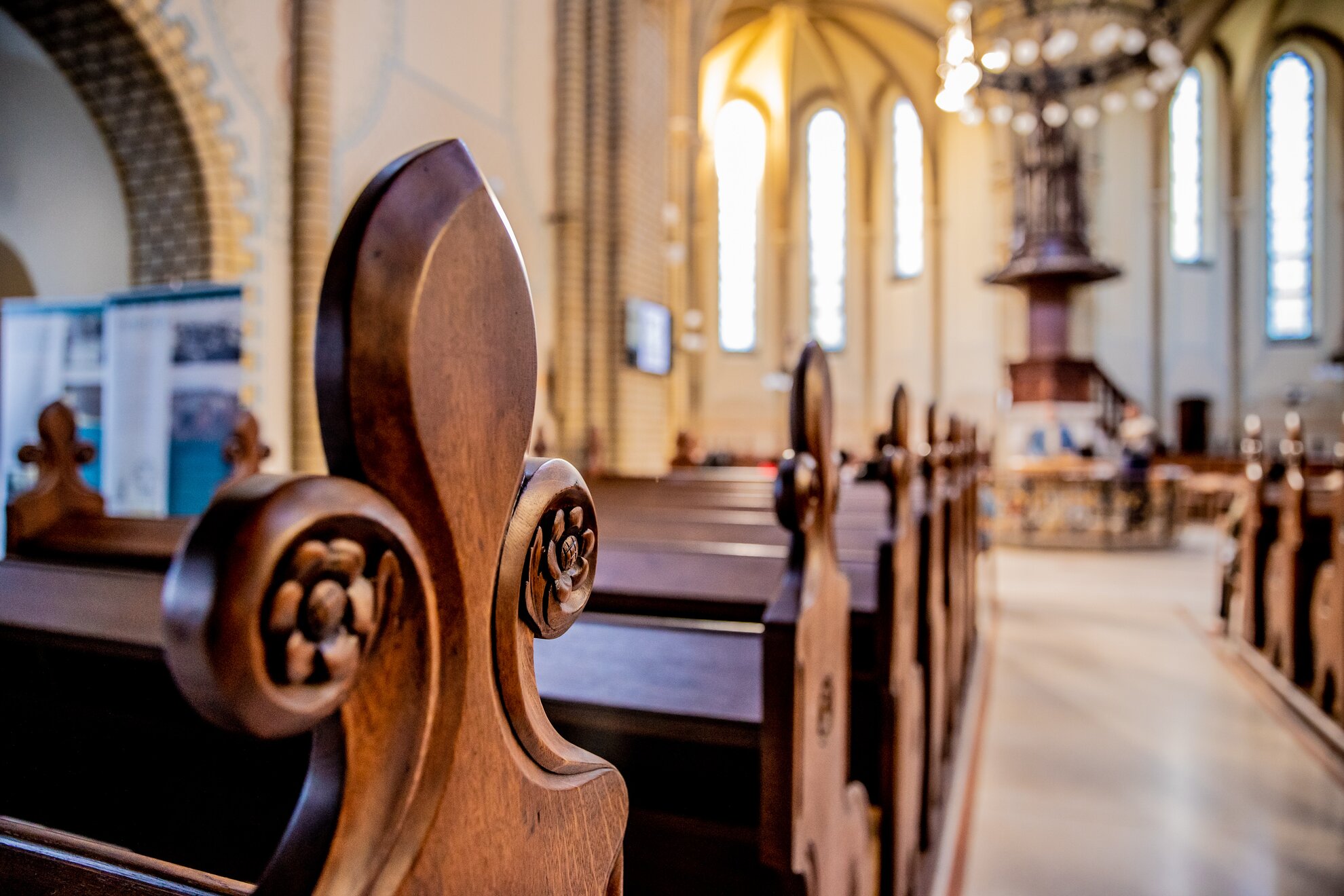
During
the recent renovation, Szakál Architects even paid attention to the restoration
of the originally Pecz-designed benches that curled into the shapes of flowers, as well
as the leaves drifting on the walls in a thin line.
However, 125 years ago,
neither the designers nor builders would have thought that modern technology and
multi-purpose use would pervade this sacred space. It can now be rearranged for
various cultural events.
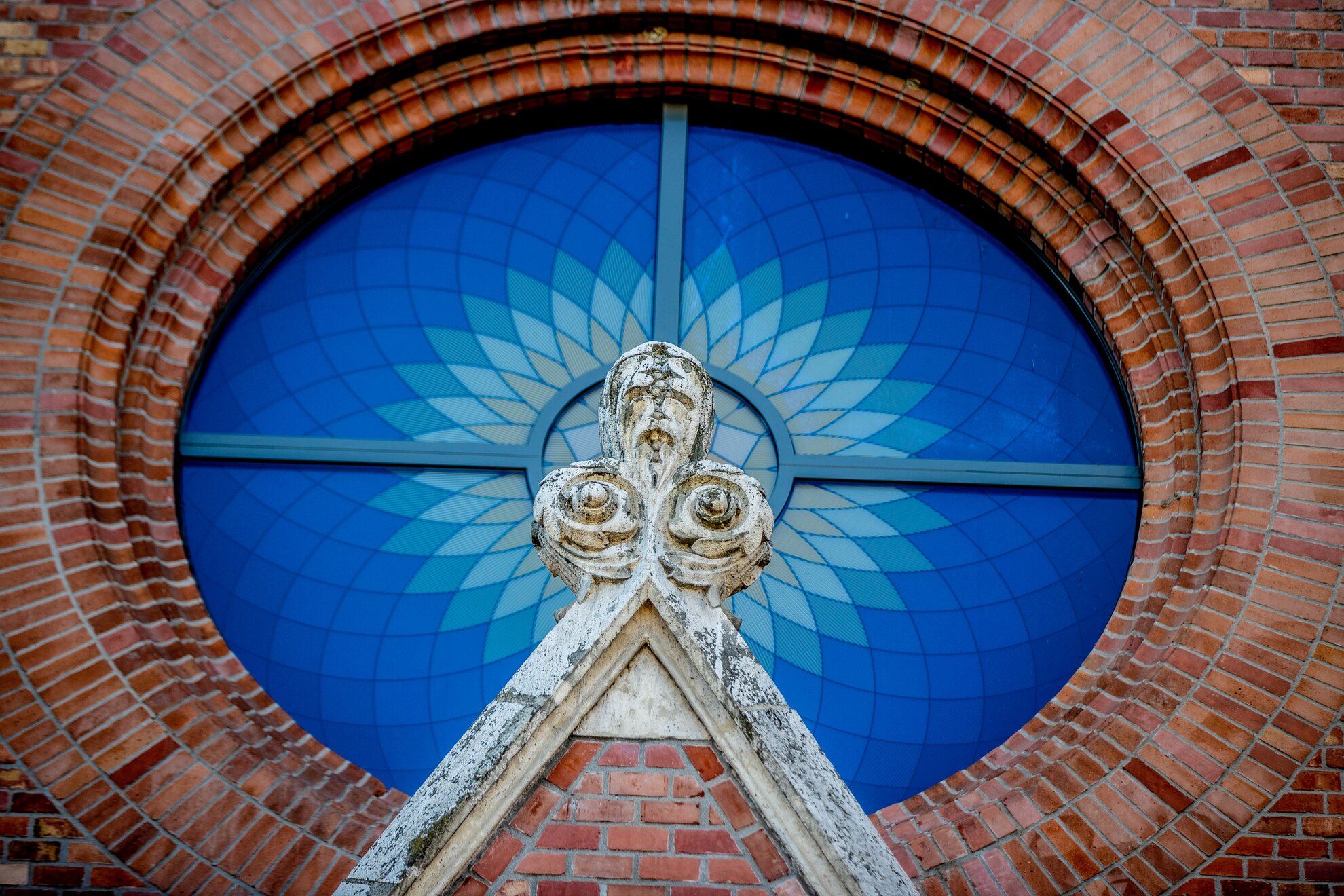
Weddings involving famous Hungarians have already taken place here. Here, renowned poet Endre Ady married Berta Boncza, ‘Csinszka’, in 1915 while Hungarian leader Miklós Horthy’s two sons, Miklós and István, also pledged eternal allegiance to their respective partners.
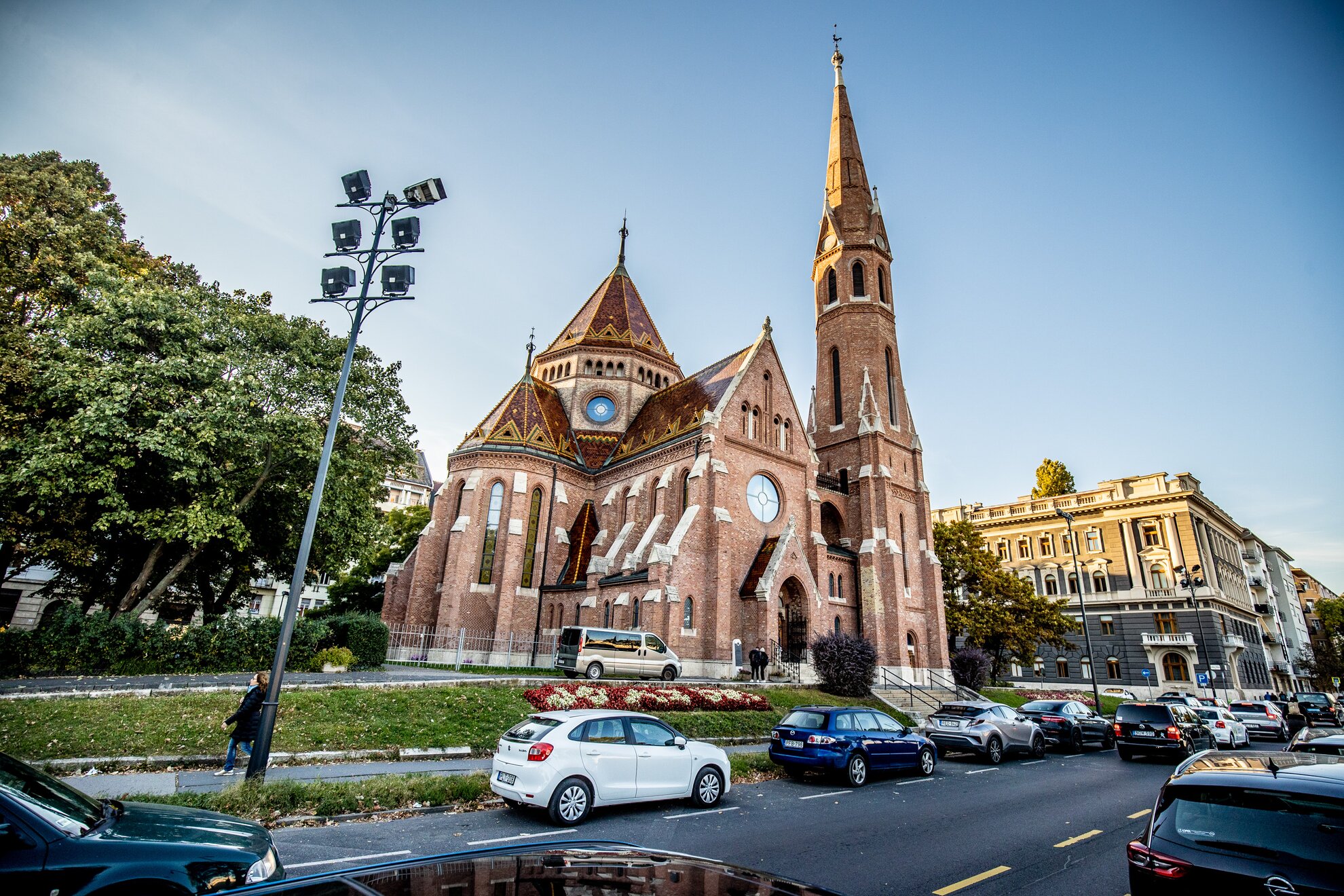
Seen
from the Danube, this massive structure is really eye-catching, merging into the
cityscape of the surrounding district of Víziváros but standing out because of the
striking architecture, use of materials and the 65-metre-high bell tower.
But
the most attractive elements aren’t only found on the river side. Looking from
the back, the many angles of the naves and the outer buttresses somehow show a
much more exciting face.
Venue information
Reformed Church at Szilágyi Dezső tér
1011 Budapest, Szilágyi Dezső tér 3
